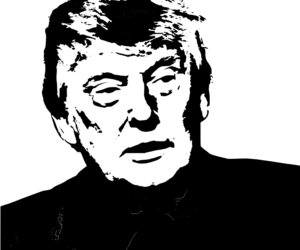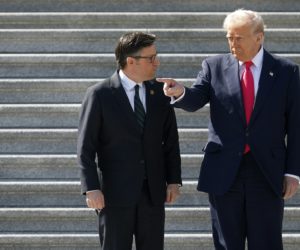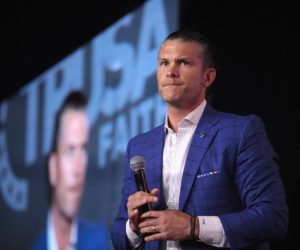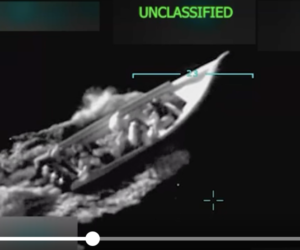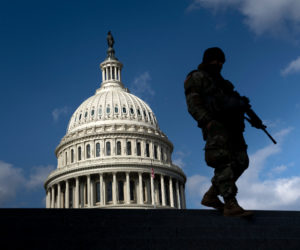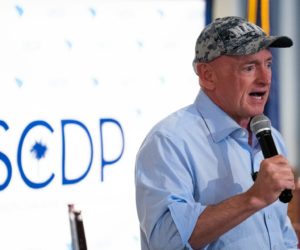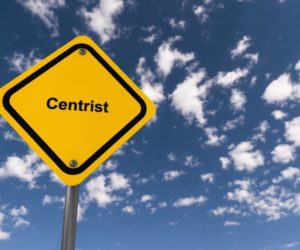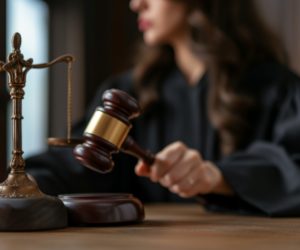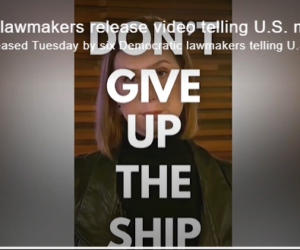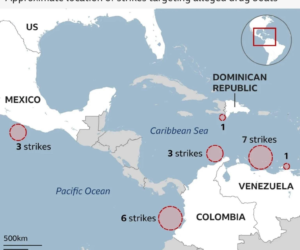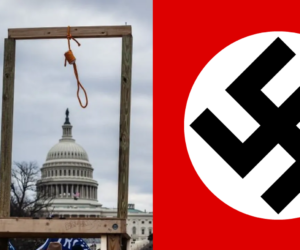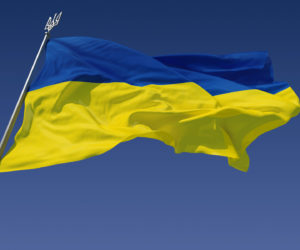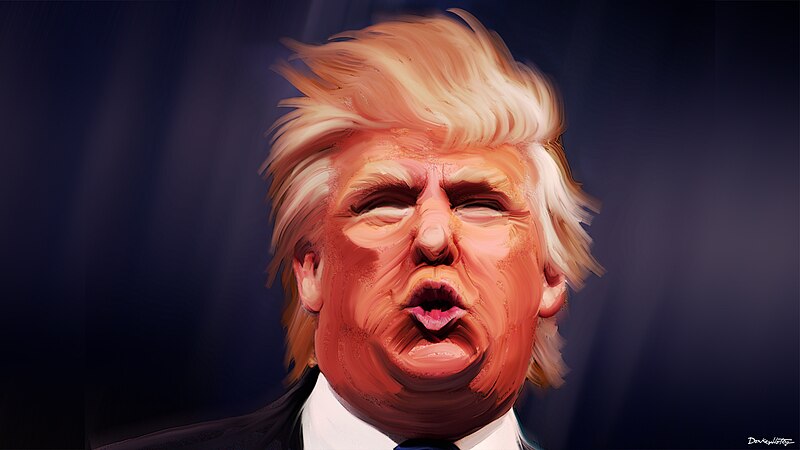
by Paul Lerner
“Now that it’s just us,” asked an earnest student as we packed up after the morning’s “Approaching Fascism” lecture: “Tell me: is he? Is he a fascist?”
Teaching under any circumstances provokes a tension between one’s classroom persona and who one is in real life. Presenting this material now, at a time when fascism, or something resembling it, is threatening to devour American democracy, forces closer examination of that tension, of the line between personal political views and safer historical topics. If professors and teachers thought we had a handle on what we can talk about in the classroom and around the university, today the rug has been yanked out from under us.
“Yes and no,” I stammered in response. “It’s complicated.”
I am now teaching “Approaching Fascism” for the third time since 2020, at the University of Southern California. It’s a large lecture class that tends to draw in a great many students—not trivial in this moment of diminishing enrollments in the humanities—and has filled all but four of its 200 seats this spring. At the beginning of the semester, and from time to time as we move forward, I tell the students I am not trying to impose my views on them, and that critical thinking is part of the aim of every history course. Indeed, lesson one, I offer, is that fascists tell you what to think, they propagandize, limit free speech, reduce complexity to simple bromides. And so our undertaking in this class is inherently and deeply antifascist. It’s a task of embracing nuance, reading widely, and challenging ourselves to think critically. Is he a fascist? You tell me.
I hatched the idea of teaching a class on fascism amid the “fascism debate” that gripped historians and journalists during Trump’s first term about how to characterize him and the threat he posed. It seemed urgent to draw on my training as a historian of modern Europe to bring clarity to this overused and difficult to define concept, to reflect on its historical transformations, and to challenge facile parallels between the U.S. in 2017 and Germany in 1933 without neglecting broader underlying continuities between two periods when fragile democracies throughout the world struggled for survival, and in some cases were toppled by dictators.
Like Columbia University historian Robert Paxton, a leading scholar of Vichy France and European fascism (and one my graduate school professors), I long hesitated to use the “F word” to describe current events, believing that it referred to a set of historical conditions particular to parts of Europe after World War I. These included the specter of military defeat, wild economic fluctuations, racial hyper-nationalism, and resentment toward rapid social and cultural change. It didn’t escape me that neo-fascism had become a force once again in 21st-century European politics and that authoritarian leaders and movements were on the rise from Brazil to Hungary to India. Nonetheless, I continued to emphasize the differences between these developments and earlier 20th-century conditions, and the singularity of that particular historical period.
But around 2018 or 2019, like Paxton, I started to change my mind and to stress the similarities over the differences. Parallels could no longer be denied between earlier movements and the recent vilification of the press and embrace of propaganda, the flirtation with political violence, the emergence of overt racism and Christian supremacy, the worshipful admiration of a central political figure, and, for lack of a better word, a kind of energy or mood that mirrored the fascist movements, iconography, and figures of the past.
Yet, by the time I first taught “Approaching Fascism,” in spring 2020, fears of Trump’s fascistic tendencies were, at least to some extent, overshadowed by his ineptitude, by the strength and determination of the resistance to him, and by his absurd remarks on COVID and other crises. Revisiting the class in spring 2021, on the heels of the January 6 insurrection, the parallels with fascist attempts to seize power were impossible to miss—but Trump, defeated, seemed like less of a threat.
This third iteration of the fascism class began this January, just days before Trump’s second inauguration. Sensing an anticipatory frisson in the room, I assured the students that they were sitting in a history course, one that goes all the way back to the 18th century and frames fascism as a rejection of the legacies of the Enlightenment and French Revolution. It focuses above all on the development of fascist movements in Europe after World War I, the consolidation of fascist regimes in Italy and Germany, and the subsequent spread of fascist ideas around Europe and other parts of the globe. We will spend our final week on authoritarian leaders and movements in the world today, at which point we will revisit the fascism debate from the first Trump presidency and the forms it’s taking now.
Yet even when we are reading and discussing the events of a century ago, it is also a class very much about the current moment. There is an uncanny quality to lecturing about fascist worldviews and the death of democracies in the 1930s as we witness the dismantling of our own democratic institutions before our eyes. When I am discussing the national mobilization across Germany in 1920, when strikes shut off the power grid and suffocated Berlin, saving the fledgling republic from the authoritarian Kapp Putsch: Could anyone have missed the passion in my voice, the fleeting note of hope about collective action and the possibility of resistance to would-be authoritarianism? My assertion that institutions and laws are only as strong as the people behind them?
When presenting Mussolini’s attempts to instrumentalize the mythologized Roman past for his vision of the future, I caught myself and some of the students starting to say the words “make Italy great again” before cutting myself off. Or, to cite two more parallels from just the past two weeks: When I juxtaposed the permissive, progressive gender-bending culture of the Weimar Republic with the Nazi assertion of allegedly natural gender binaries, I sensed that echoes of Republican gender politics, trad wives, and bro-masculinity were hanging in the air. And a discussion of the biological metaphors Hitler used to demonize Jews and Marxists provoked consideration of the current assault on migrants and other vulnerable populations and the resurrection of eugenics in some right-wing circles today. Another equally earnest student approached me after class that day to note these parallels and to see if I could help her assess how serious a danger Trump posed.
Despite my first day declarations, then, teaching this class has become one way of trying to understand Trump and the threat to democracy without talking about Trump. But parallels only take you so far—and my job, as I noted, is precisely not to tell the students what to think.
Offering a historical framing is, I suppose, one way that I can shed light on the origins and underpinnings of the current crisis. If nothing else, for 80 minutes twice a week, most of the students and I feel a sense of solidarity and connection over shared concerns, a kind of intensity and collective inquiry that is all too rare in our post-COVID, short-attention-span era.
Perhaps ultimately the class functions as a way of providing some reassurance to anxiety-filled students, that similar things have happened before, that resistance was and is possible, that historical outcomes are never predetermined, and that the future is theirs to shape.
Paul Lerner is professor and chair of the Van Hunnick History Department and director of the Max Kade Institute for Austrian-German-Swiss Studies at USC. This was written for Zócalo Public Square.
Caricature by DonkeyHotey, CC BY-SA 2.0

